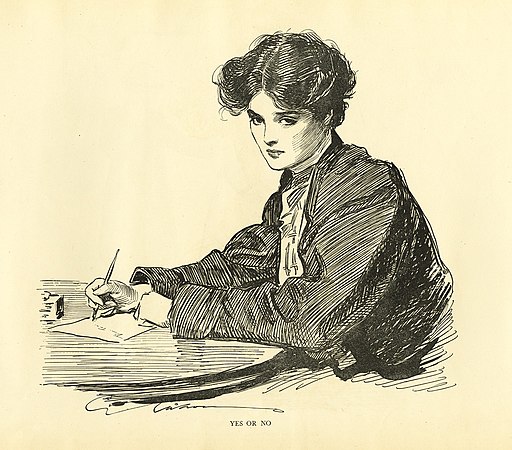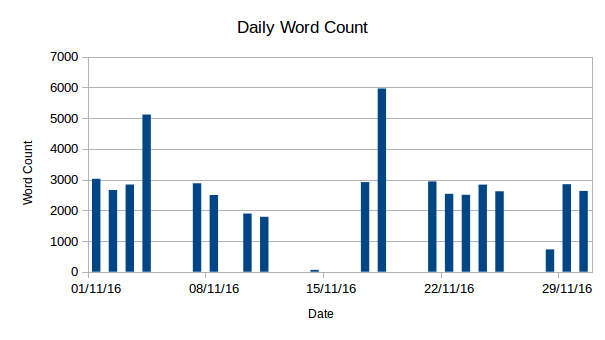As habitual readers of this blog may recall, in October 2015 I decluttered my eyeballs. They have now settled into their new shape, and that shape being not yet perfect, I will shortly be having a touch-up surgery.
Those of you who get squicky about eyes may wish to pull something over yours at this point, before I get into details.
 The original surgery was LASIK, where they make a flap on the front of your eyeball and carry on the earthworks underneath, before putting the flap back. For the touch-up, however, I will be having LASEK, where they just start straight in on the front of the eyeball. It’s like the difference between laying a pipe under a road, and resurfacing the road.
The original surgery was LASIK, where they make a flap on the front of your eyeball and carry on the earthworks underneath, before putting the flap back. For the touch-up, however, I will be having LASEK, where they just start straight in on the front of the eyeball. It’s like the difference between laying a pipe under a road, and resurfacing the road.
On the plus side, LASEK has a much lower chance of causing keratoconus (don’t look) and other unpleasant side effects. On the down side, the healing takes longer. The first three days, I have been told, are pretty unpleasant (whereas with the first surgery, the discomfort was mild and gone in hours) and then it’s a week before they take the bandage-lens off. Most disturbing of all, it could be weeks before my vision returns to normal, which is to say, capable of reading small print.
And as anyone who has known me for any amount of time will know, reading small print is pretty much my way of life. I came, I saw, I read.

The question is, then, what I shall do while my eyes recover. I’ve arranged for my work to carry on in my absence by having other people do the reading for me, but how shall I pass the time myself? Last time I borrowed a bunch of audiobooks, and it did not work out as well as I had hoped.
The thing is, you see, that I am a visual person. Audiobooks do not satisfy the reading urge, somehow, and nor does what I’ve heard stick. Of the various books I listened to, I don’t remember what most were, and of the one I remember most clearly, all I can remember is that the main character exclaims “By Timothy!” a lot, and the big scene at the end takes place in a house by a river. Apparently, if I can’t get my eyes into it, I can’t get my teeth into it either.
So what shall I do? For the initial, “miserable” stage, I am planning to listen to the BBC Pride and Prejudice – I’ve seen it so often I can follow along by ear anyway. Subsequently I’m planning to have a good amount of not-too-intricate knitting on hand – hopefully my sight will soon be up to that amount of detail. Also hopefully the Caped Gooseberry will read to me when he can. (Yes, I know I said I don’t take things in when I only hear them, but his voice is so nice I don’t really care.)

What other non-eye-dependent amusements might I solace my recuperation with? Learning Braille? Taking up scales and sword and going forth to wreak Justice? Ideas?








![In Case of Earthquake, Do Not Tweet [cartoon]](https://c8.staticflickr.com/7/6063/6074010519_a70cc8c520_b.jpg)

